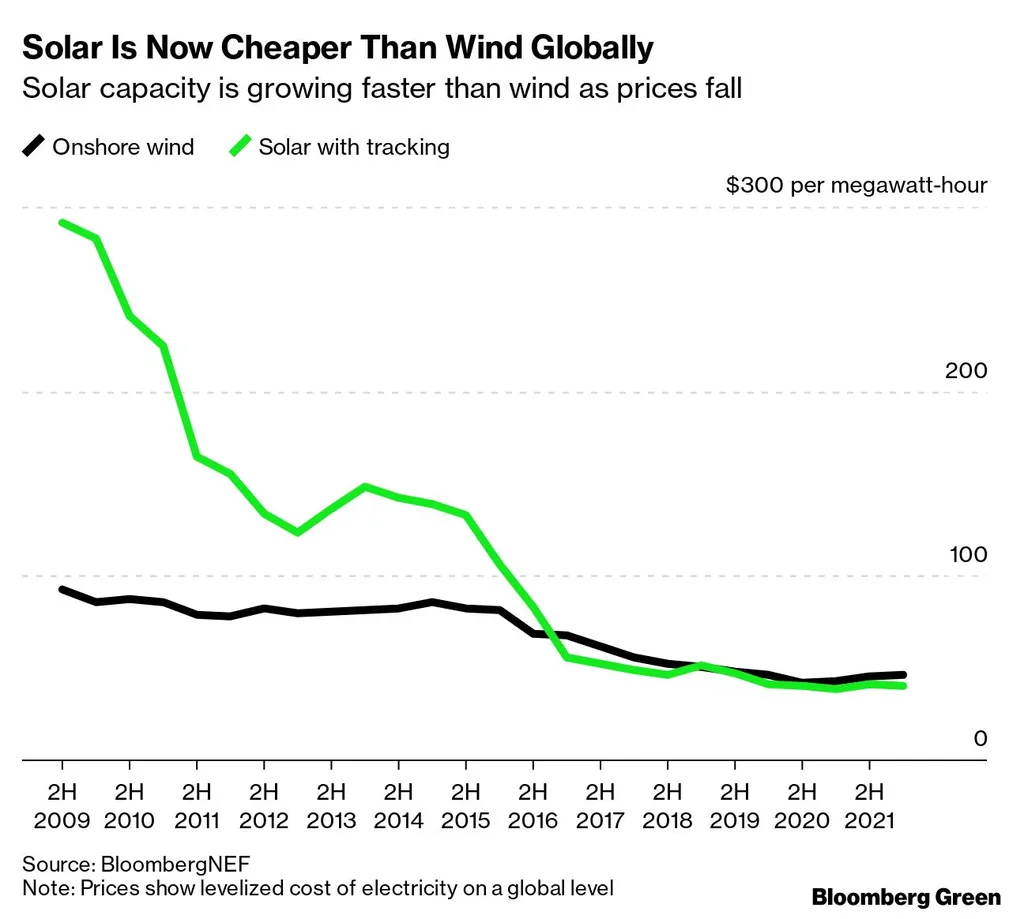In the rapidly evolving landscape of renewable energy, integrating solar power with battery storage systems has emerged as a critical challenge, particularly in distributed energy networks. Traditional methods often fall short in addressing the intricate interplay between solar generation variability, storage management, and real-time cost minimization. However, a groundbreaking study led by Lyu Wenhui from Henan University of Technology in Zhengzhou, China, offers a novel solution that could reshape the economics of distributed solar energy systems.
Published in “Case Studies in Thermal Engineering,” the research introduces a sophisticated K-Nearest Neighbors (KNN) classification framework designed to optimize photovoltaic generation forecasting, battery storage management, and operational cost reduction. By leveraging 18 months of operational data from 12 distributed solar installations across China, the study employs multi-dimensional feature classification and economic-weighted distance metrics to achieve remarkable results.
“Our approach not only enhances forecasting accuracy but also significantly reduces operational costs and improves storage efficiency,” explains Lyu Wenhui. The findings reveal a 38.9% reduction in operational costs, a 23.4% improvement in forecasting accuracy, and an 89.4% increase in storage efficiency compared to conventional methods. These improvements translate into substantial economic benefits, with computational energy consumption representing only 3.2% of operational savings. The net energy value ratios achieved are an impressive 582%, with cost-benefit ratios of 4.73.
The study’s economic analysis underscores the viability of the KNN-based optimization framework, offering actionable policy recommendations for emerging markets. By establishing economic thresholds at 318.85 RMB/kWh, the research provides a clear benchmark for informed investment decisions, promoting accelerated renewable energy adoption.
The implications of this research are far-reaching for the energy sector. As distributed solar energy systems become more prevalent, the need for efficient and cost-effective storage solutions grows. The KNN classification approach developed by Lyu Wenhui and his team offers a promising solution that balances technical performance with economic viability. This could pave the way for more widespread adoption of renewable energy technologies, ultimately contributing to a more sustainable and resilient energy infrastructure.
In the words of Lyu Wenhui, “This framework not only optimizes the economic performance of distributed solar energy systems but also sets a new standard for energy management in the renewable sector.” As the energy sector continues to evolve, such innovative approaches will be crucial in driving the transition towards a cleaner, more efficient energy future.

